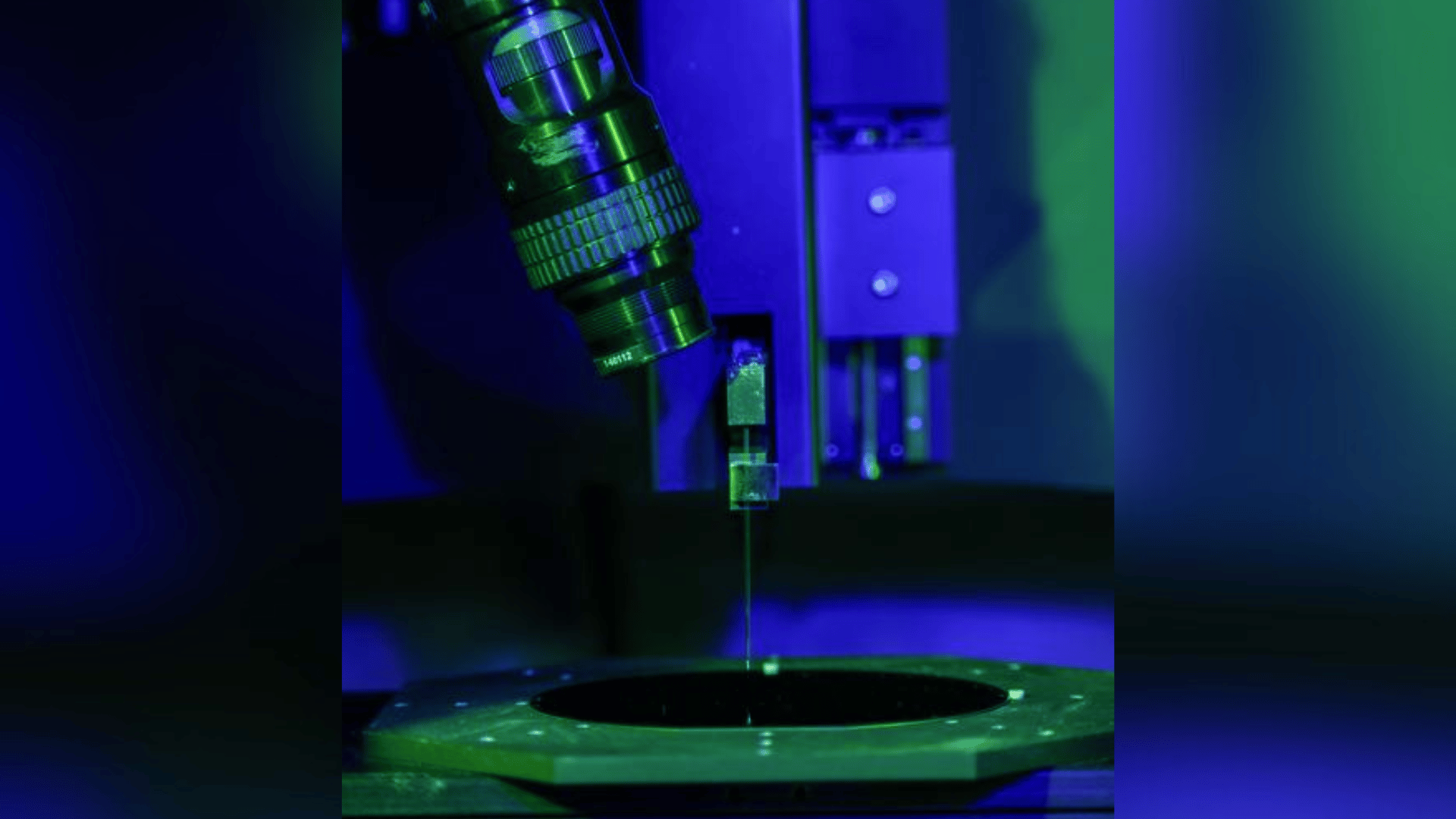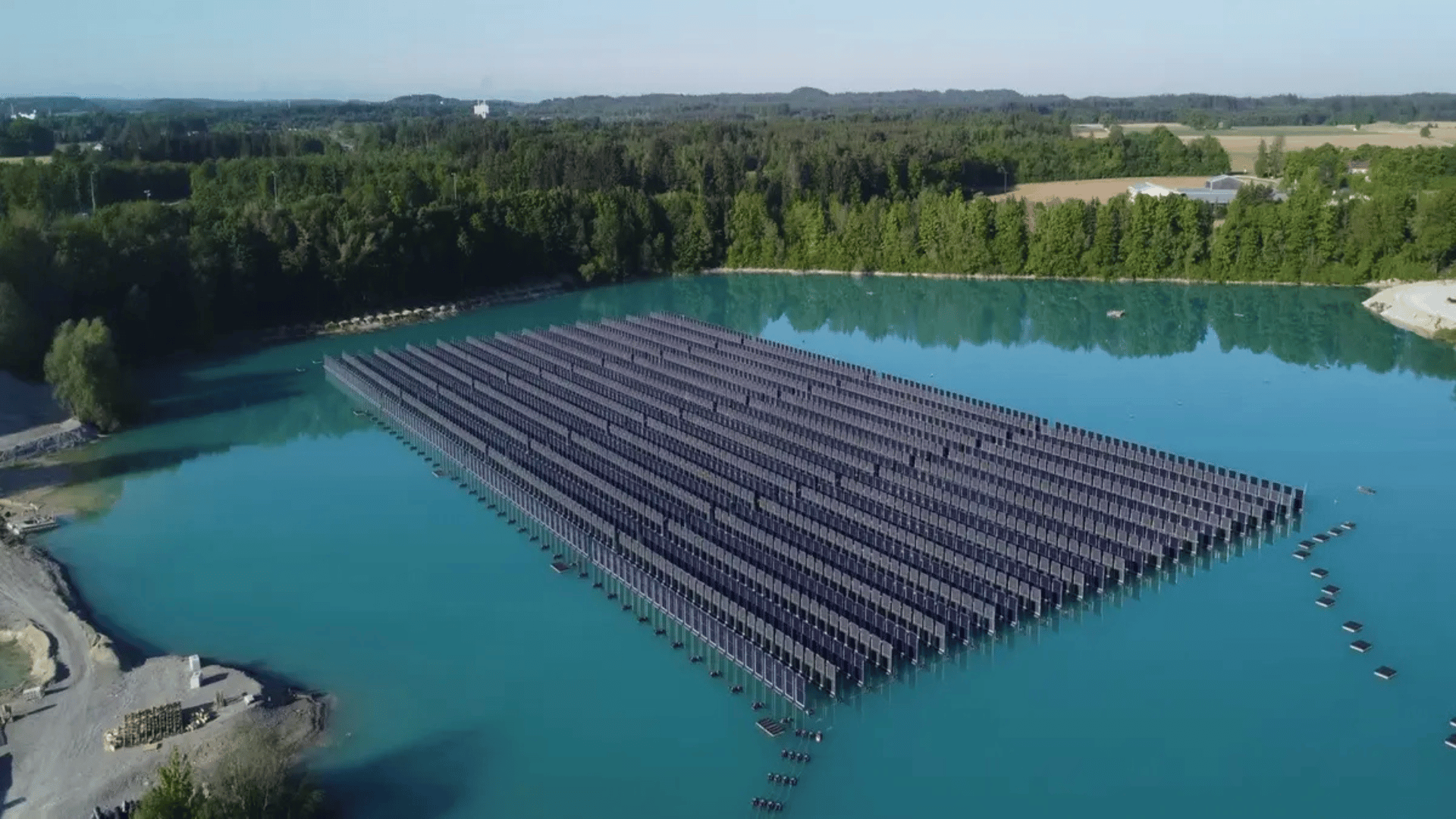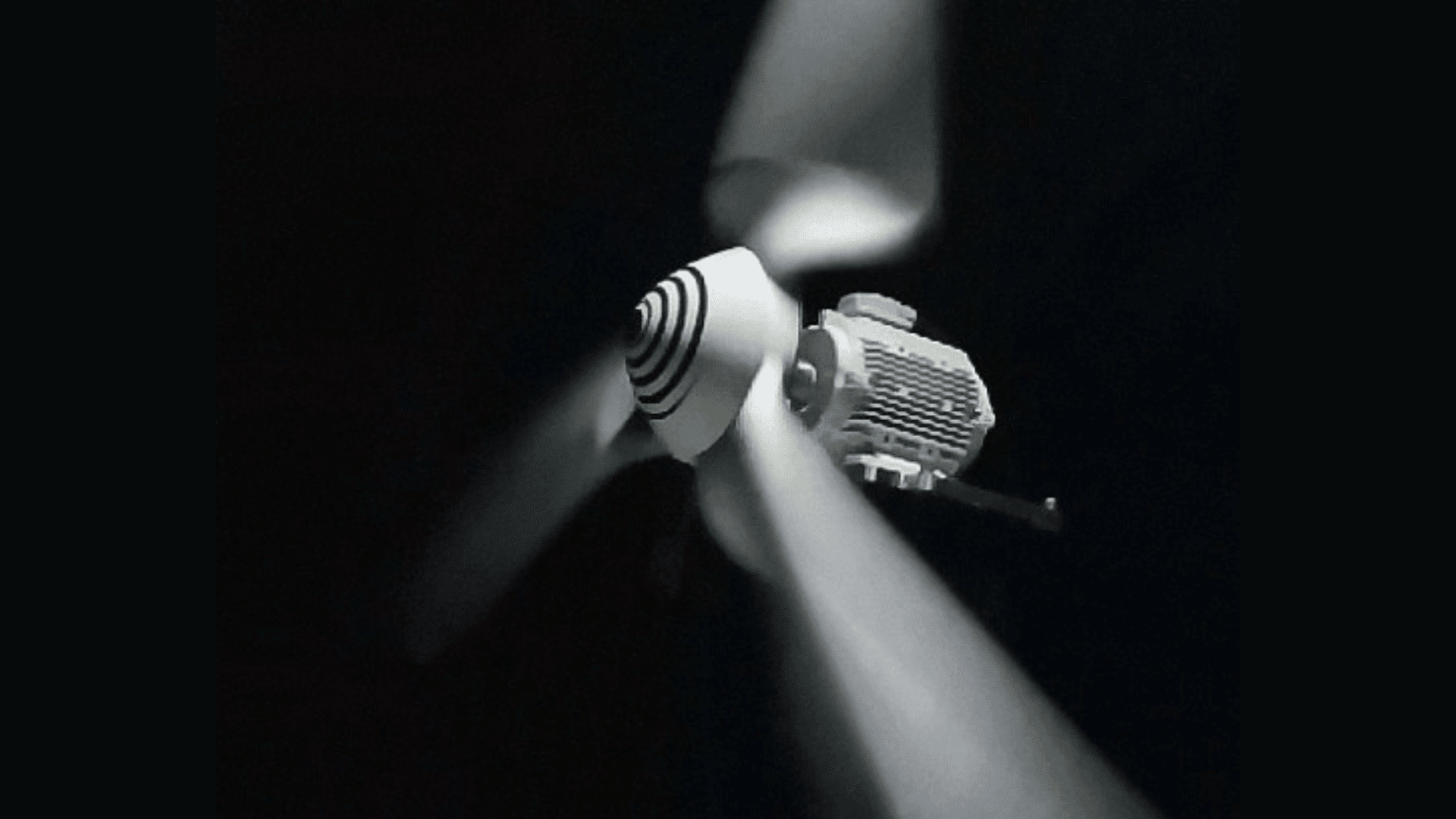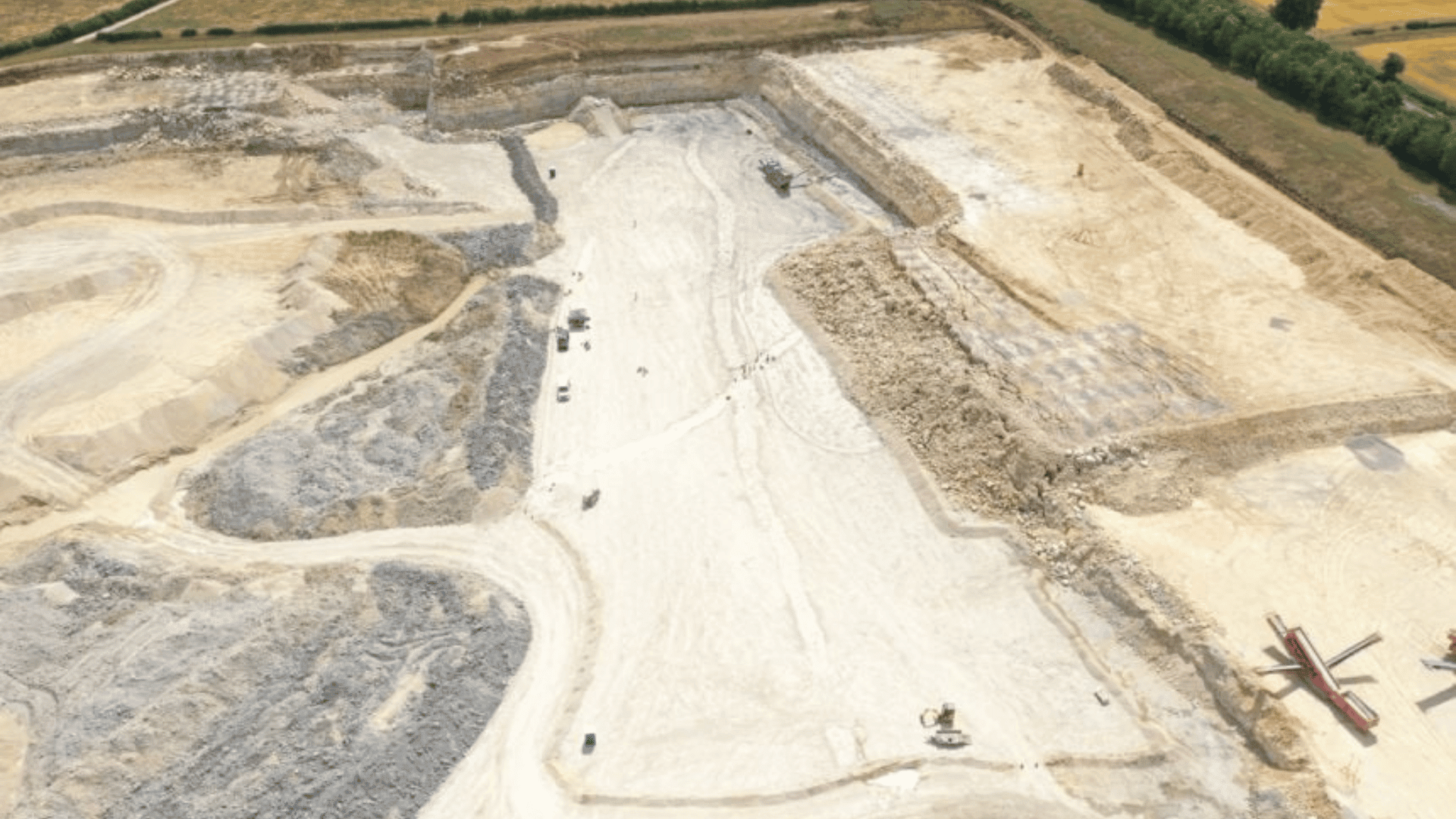Padaro Beach in California is a popular spot for local kids learning to surf in a gentle wake. However, a few years ago, the same beach became popular for juvenile great white sharks. This spike in young great whites led to the launch of drones that monitor what’s happening under the waves.
SharkEye
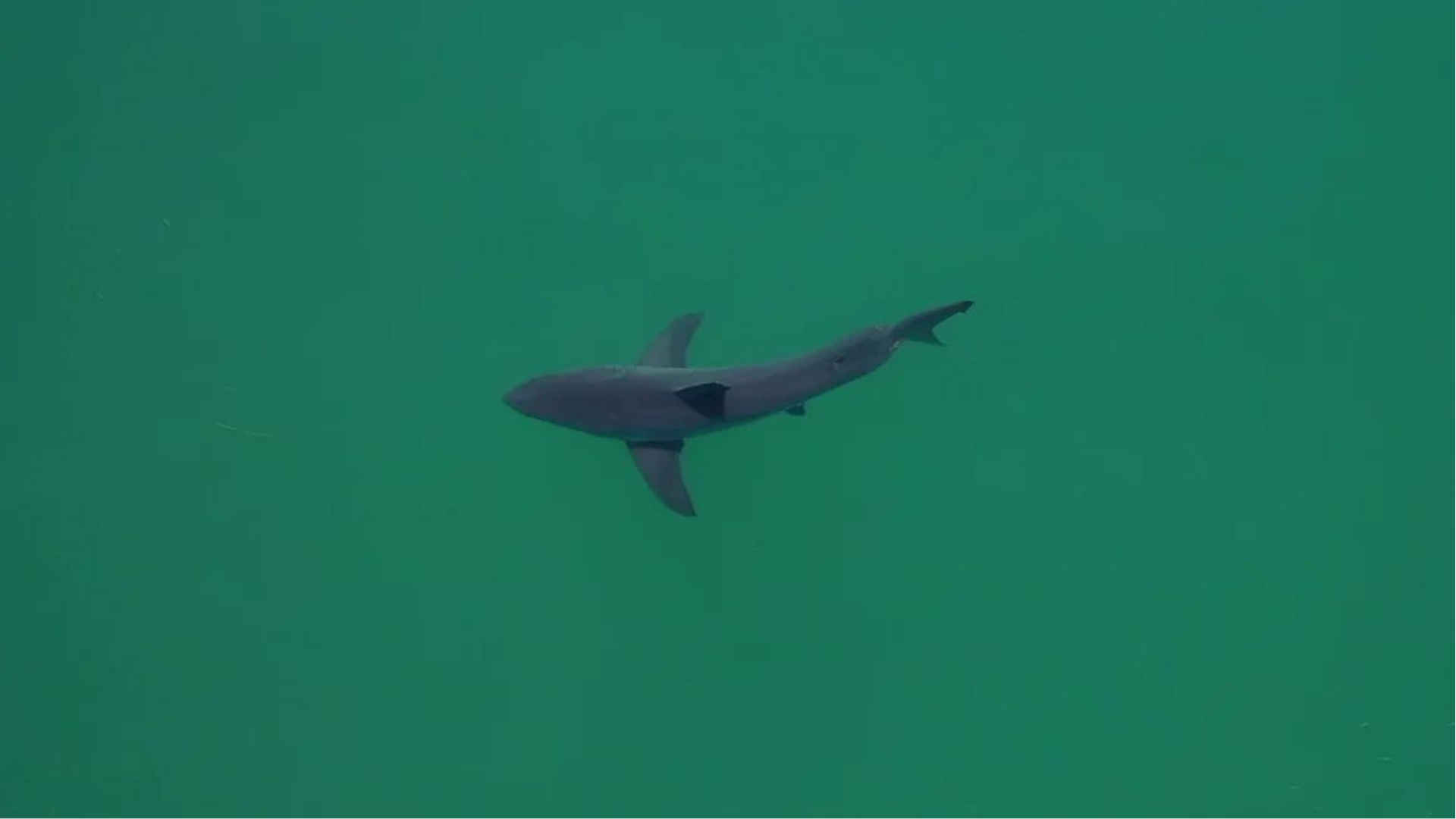
SharkEye is an initiative at the University of California Santa Barbara’s Benioff Ocean Science Laboratory (BOSL). If SharkEye spots a shark in the water with its drones, it texts anyone who signed up for alerts. This includes lifeguards, surf shop owners, and parents who take their kids to surf lessons. So far, about 80 people have signed up for alerts.
Lifeguards and officials used drones to monitor the waters in other areas like Sydney and New York City. However, the people operating the drones had to monitor videos streamed from a camera. This method requires the pilot to focus on a screen while fighting sun glares and rough water. Additionally, the operators had to differentiate between seals, paddleboarders, and other materials in the ocean. According to CNN, one study found that a human-operated drone only detected a shark about 60% of the time.
SharkEye is part research program, part community safety tool that analyzes shark behavior using collected video. It also feeds video into artificial intelligence technology that enables a computer to get information from images and video. This trains the AI to detect great white sharks near Padaro Beach.
Neil Nathan, a project scientist with BOS, tells CNN, “Automating shark detection … can (also) be really helpful for a lot of communities outside of ours here in California.”
Human Vs. AI Shark Detection
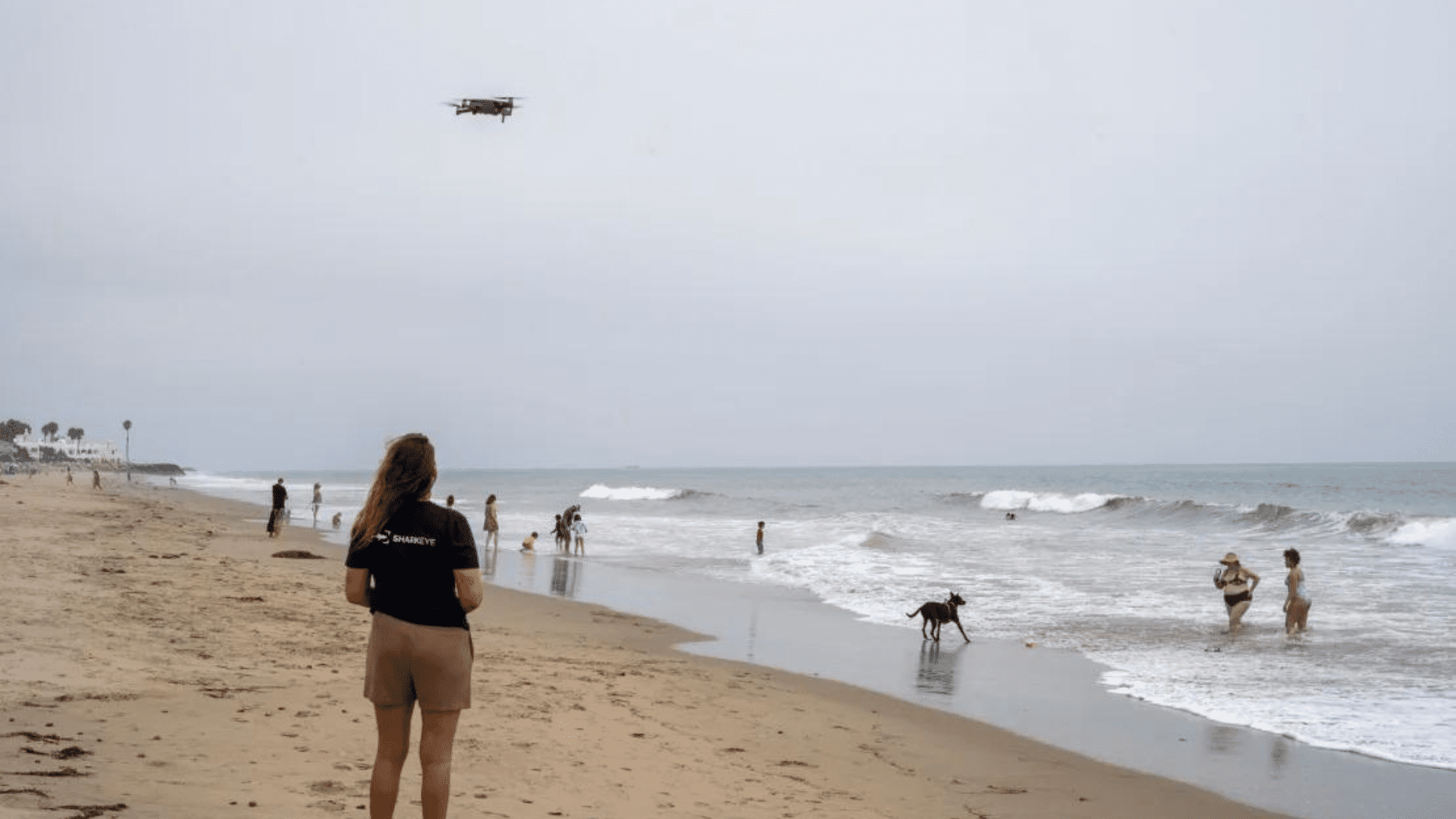
It seems like more sharks are being detected, but social media and the rise of drone popularity may explain that. Additionally, warming temperatures push sharks out of their normal environments and into new ones. Meanwhile, juvenile sharks like to swim near the shore and grow up to eight to ten feet, making them more visible.
Shark bites are rare, with 69 people falling victim to an unprovoked bite in 2023. This is in addition to the average of 63 annual bites between 2018 and 2022. According to the Florida Museum of Natural History’s International Shark Attack File, only 10 bites in 2023 were fatal.
While there hasn’t been a fatal shark attack recorded at Padaro Beach, community members are still concerned about the increase in the number of sharks loitering in the waters. Since deploying five years ago, SharkEye has regularly run drone flights to monitor the shoreline. It once spotted 15 juvenile great whites in one day.
Nathan said the early tests indicate that the AI technology is performing “incredibly well.” He said it detects most sharks that humans can, sometimes even spotting sharks that humans missed, possibly because it was too deep for a person to spot. Field testing started this summer when human pilots go head to head with AI. The pilot spots and counts the sharks she sees, while the SharkEye analyzes the video to see how many it spotted.
Community alerts are currently based on human analysis, but that could change in the future. If all goes well, Nathan thinks the reports could become AI-assisted, with manual monitoring and checks, by the end of the season or the start of next summer. As it progresses, the process could become fully automated, making it faster and more accurate.



